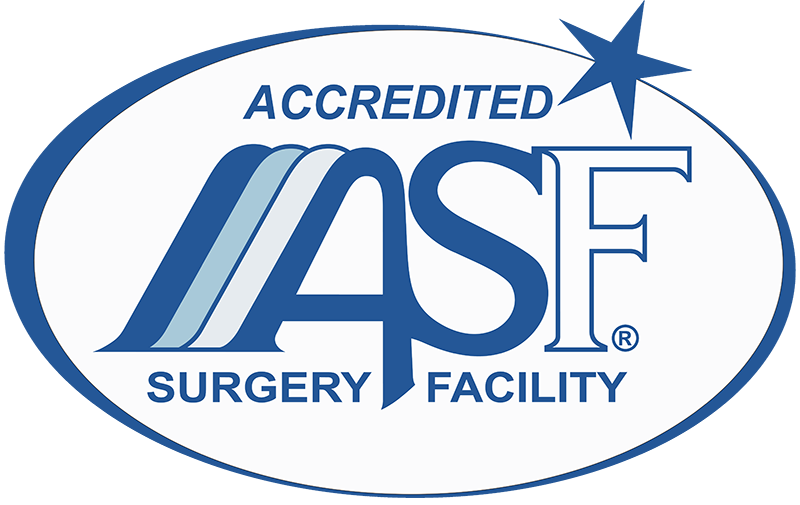Tunneled Dialysis Catheter and Peripherally Inserted Central Catheter Line
PICC lines and central lines allow patients to receive medication or nutrition without staying in a hospital. Some of these lines can be left in place for several months.
A tunneled dialysis catheter (sometimes reffered to as PermCath) is a dialysis access option for people who need dialysis therapy and may not be able to have a fistula or graft placed. The catheter can be used as soon as correct placement is confirmed. Sometimes people use a dialysis catheter temporarily while they wait for a fistula or graft to mature.
Why It’s Done
PICC LINES AND CENTRAL LINES CAN ADMINISTER:
Antibiotics that must be taken through a vein over a period of time.
Chemotherapy.
Total parenteral nutrition (TPN) if you are unable to absorb food through your gastrointestinal system and need to be fed through a vein.
TUNNELED DIALYSIS CATHETERS ARE USED FOR:
Hemodialysis for kidney disease.
Risks
Possible complications from a PICC line include:
Infection.
Possible complications from a central line include:
Infection.
Collapsed lung (pneumothorax), which can occur at the time of insertion.
Possible complications from a tunneled dialysis catheter (PermCath) include:
Infection.
A blood clot (thrombosis) that forms in the catheter and prevents or limits blood flow.
A blood clot (central venous occlusion) that can block the large vessels in the chest and can cause chest and neck swelling.
The catheter can become dislodged or kinked.
Collapsed lung (pneumothorax), which can occur at the time of insertion.
CALL YOUR HEALTH CARE PROVIDER IF YOU DEVELOP ANY OF THE FOLLOWING SYMPTOMS:
Temperature greater than 101.5.
Shakes or chills.
Chest pain.
Shortness of breath.
Drainage from the insertion site.
Redness at or around the insertion site.
Description
Although each of these catheters has different characteristics, they all require a sterile environment for placement.
A PICC line or central line can be placed in an exam or hospital room.
PICC lines are positioned in the upper arm.
A central line is positioned in the neck or just below the collarbone, or occasionally in the groin.
A tunneled dialysis catheter needs to be placed in a room where a fluoroscopy test can be done. It is positioned under the skin in the neck or occasionally under the collarbone, or occasionally in the groin.
The procedure takes about 30 minutes to 1 hour.
An ultrasound test is usually done to identify the most suitable vein.
The insertion site is cleaned. Numbing medicine is administered where the vein will be accessed.
A small micro-puncture needle is used to enter the vein. A guide wire is then passed through the needle into the vein. The line or catheter is then inserted over the wire. The wire is then removed.
An X-ray or fluoroscopy image is taken to confirm correct tip placement before the catheter is secured.
How to Prepare
You may be asked to discontinue certain blood-thinning medications before the procedure. Please ask your physician if you are required to do so prior to the procedure.
What Can I Expect After Treatment?
You may have some discomfort where the line or catheter is placed. This should resolve within a few days.
It is important to keep the area around the access site for the catheter dry and clean. You should wash your hands before directly touching the line or catheter.


